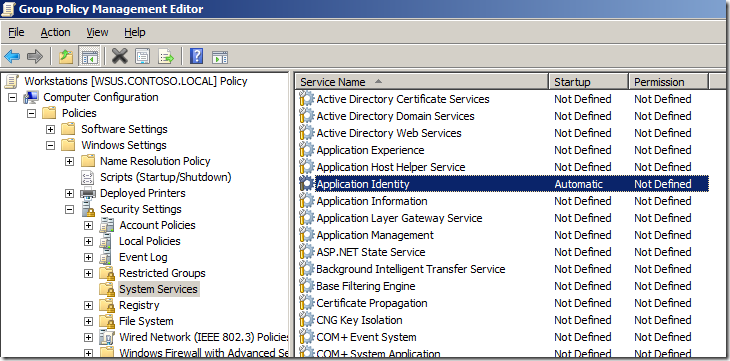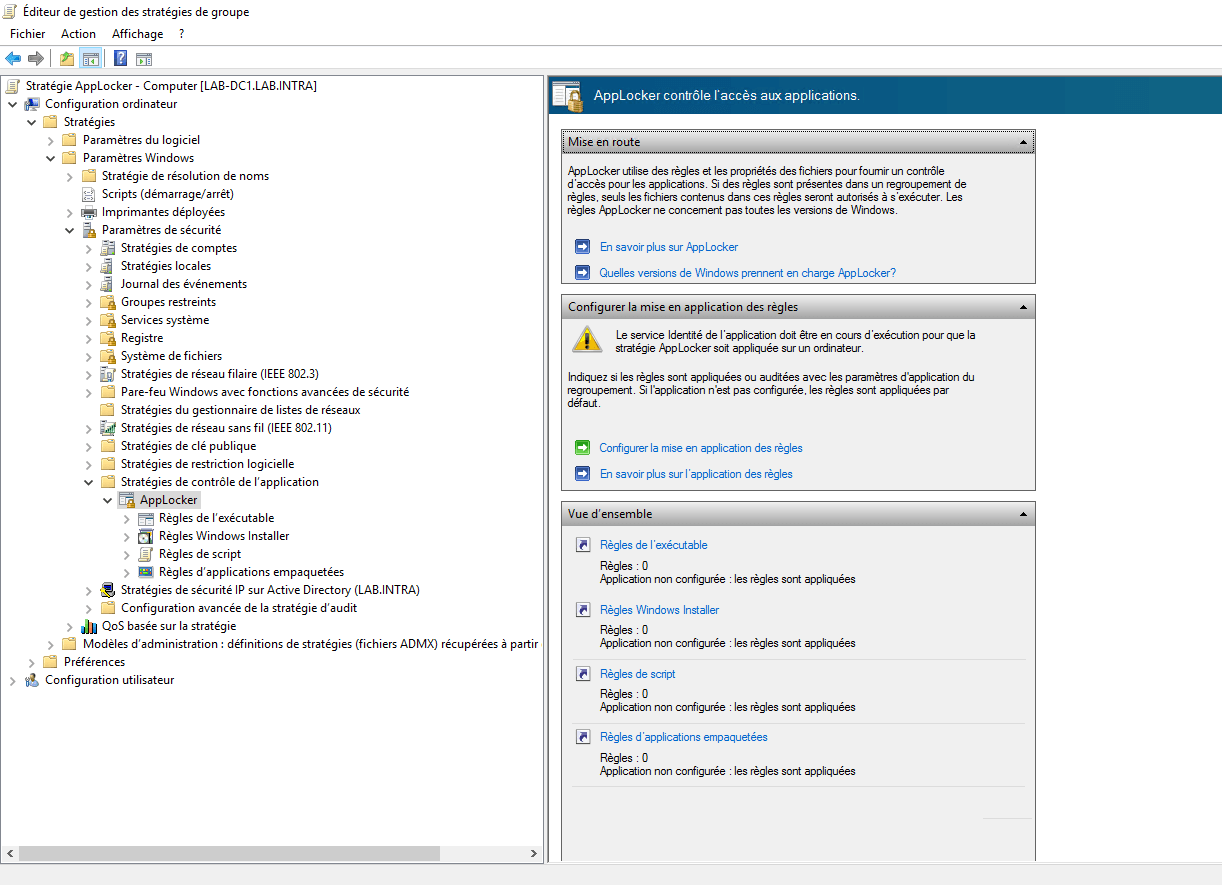

The Application Identity service must be running on devices before AppLocker will enforce policies. If you are sure the rules don’t block any important apps or Windows features, change the setting to Enforce rules.

Let your rules run in audit mode for some time and check the Windows Event log for any issues. On the Enforcement tab, click the rule categories you want to enable and select Audit only from the menu. Once you’ve set up some rules, right-click AppLocker and select Properties from the menu. If you decide to create rules manually, make sure that you Create Default Rules otherwise you risk disabling critical functionality in Windows that could render systems unusable. Selecting Automatically Generate Rules… scans a reference system and creates rules based on the executables installed in trusted locations. To create rules for each category listed under AppLocker, right-click the category (for example, Executable rules) and select one of the three options in the top half of the menu. Where to find AppLocker settings in Group Policy You’ll find AppLocker settings in Group Policy under Computer Configuration > Windows Settings > Security Settings > Application Control Policies > AppLocker.įigure 1. AppLocker works by establishing a whitelist of processes, scripts and installers that can run. To address this, Microsoft Windows 7 introduced AppLocker, which enables system administrators to quickly apply application control policies to systems.
ENABLE APPLOCKER GPO CODE
While it is important to remove local administrator privileges from end users to prevent system-wide changes, that restriction alone is not enough to prevent users (or processes running in the context of logged-in user accounts) from running code that could do serious damage.
ENABLE APPLOCKER GPO SOFTWARE
Application Control (AppLocker)įailure to keep unauthorized software off your machines is one of the key ways malware takes hold of systems. The toolkit contains a specific application that makes it easier to manage local policy settings on standalone devices.

If you have devices that are not members of a domain, use local policy to configure settings. It contains security baselines for all supported versions of Windows, which you can use as the basis for your own Group Policy objects, and spreadsheets that list and explain all the recommended settings. If you want to configure Group Policy to Microsoft’s recommended settings, download the Security Compliance Toolkit.


 0 kommentar(er)
0 kommentar(er)
